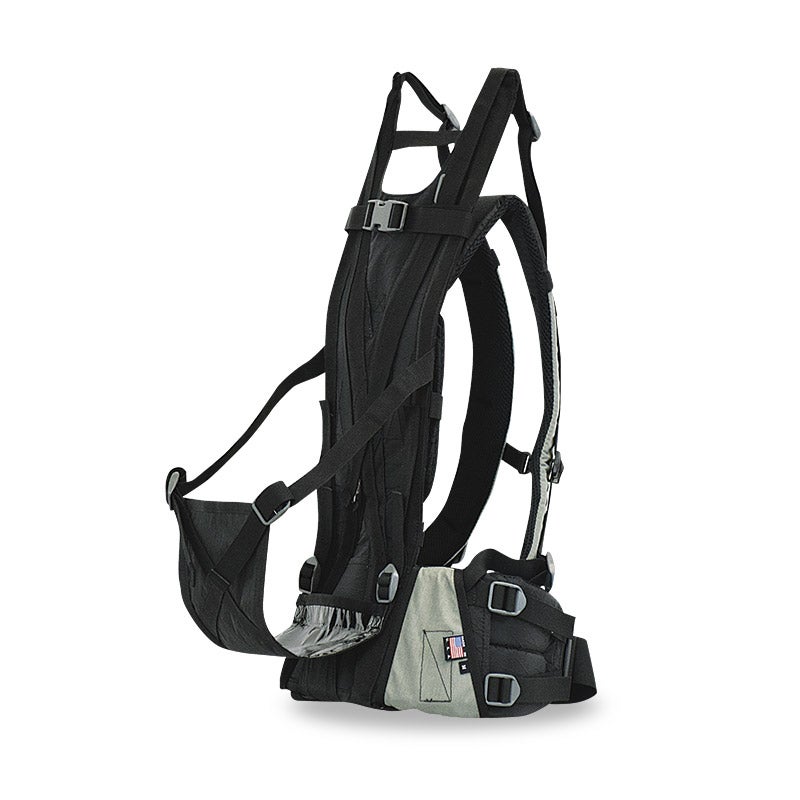Most lightweight technical backpacks compensate for the different shapes of╠řvarious human torsos by incorporating a degree of flexibility into their frames. That works fine if youÔÇÖre only asking that pack to carry a couple dozen pounds. But╠řthe flexibility that makes them broadly comfortable also places a hard limit on the amount of weight theyÔÇÖre able to carry. If you need a pack capable of hauling 100 pounds or more,╠řyou need a frame that wonÔÇÖt╠řflex under that load but will carry╠řweight╠řas close to your back as possible. And thatÔÇÖs a problem, because humans do not come in a uniform shape or size.
How Backpacks Work
I have a curved back. If I stand against a wall,╠řwith my heels and shoulders pressed against it, I can fit my hand between my lower back and the wall.╠řMost of my friends have straighter backs. But if we want to go backpacking together, I can loan them one of my Osprey packs ($155 and up), safe in the knowledge that theyÔÇÖll be comfortable with╠řit, too. ╠řcomfort for most people by using a mesh suspension system that holds the pack away from the wearerÔÇÖs body, along with a metal wire frame that can support anywhere from 25 to 85 pounds, depending on the model. It╠řwill start to flex if the wearer really cranks down on the adjustment straps╠řor if the pack is loaded beyond its weight rating. This works really well.
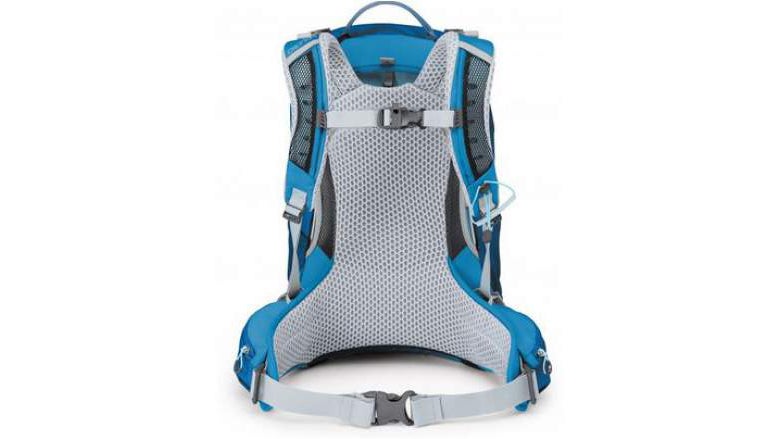
A single backpack╠řis able to fit most people comfortably, while hauling as much weight as they likely need to to enjoy a simple camping trip. It doesnÔÇÖt matter if one personÔÇÖs shoulder blades poke out more than anotherÔÇÖs, the taut mesh will simply adapt to either personÔÇÖs contours, and the wire frame will compensate for any dramatic differences. But not all outdoor activities can be accomplished with a 25-to-85-pound load. The point of a backpack frame is to transfer weight vertically into the hipbelt. If that frame flexes, it begins to pull at the wearerÔÇÖs shoulders, becoming uncomfortable╠řand imbalanced. So╠řif you need to carry a lot of weight, you need a pack frame that can support that weight without flexing at all.
This is actually something that old-school, external-frame packs excel at. A big rectangle made from tubular steel is very strong. But╠řold external-frame╠řpacks have two inherent design flaws: (1) a big metal rectangle canÔÇÖt conform to the shape of a human body, so╠řit needs to be separated from the wearerÔÇÖs back, and (2) that space means the wearer ends up carrying╠řa hanging load several inches behind their back, pulling at their shoulders.
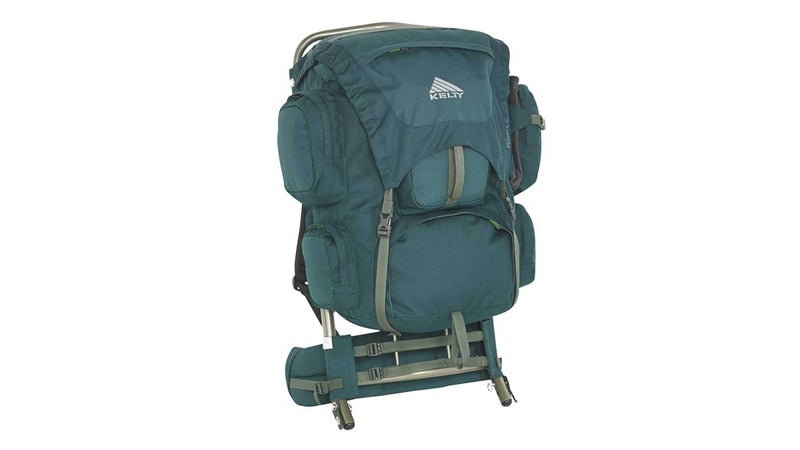
To really carry weight comfortably, a pack frame needs to sit flush with your back, while also being utterly inflexible. Consider the varied shapes humans come in, and IÔÇÖm sure you can see the problem. Wearing weight-hauling packs designed for flatter backs╠řthan my own doesnÔÇÖt just create discomfort, it also pulls my torso into an unnatural position, which can make it it difficult to breathe on steep uphills. ThatÔÇÖs been a major issue for me, especially when IÔÇÖm╠řcarrying a hundred pounds or more of meat out of the woods.
Enter , a small company based in Bozeman, Montana,╠řthatÔÇÖs been making packs and other high-performance hunting gear since 2012.
High-Tech Materials
By drawing resin-coated carbon fibers through a heated die╠řunder pressure, the company is able to manufacture╠řa solid carbon-fiber stay that matches the contours of a human back. Stone Glacier employs four of those stays to╠řin╠řits ($365), which╠řfits curved╠řbacks like mine. (The brandÔÇÖs ,╠ř$365,╠řis designed for people with straight backs.)╠řWe all know that carbon fiber is light, but few companies go through the effort of producing products╠řfrom it that also take full advantage of the materialÔÇÖs strength.╠řStone Glacier has tested its backpack frames to 340 pounds with no cracking or deflection in the stays. The only thing stopping the company from finding the failure point for its packs has been╠řthe inability of╠řa human tester to lift a heavier load onto their back. The X-Curve weighs three pounds.
Like the other, straighter╠řframes in Stone GlacierÔÇÖs lineup, the X-Curve incorporates a load shelf made from X-Pac, an extremely strong but╠řvery light laminated composite fabric. Two of the carbon stays are arranged vertically, with the other two forming an X between them; this not only facilitates proper distribution of weight vertically, down into the hipbelt, but it also prevents sideways distortion, as the load shelf carries all that weight. That shelf attaches to the frame with one-inch webbing at 12 points. It enables Stone GlacierÔÇÖs frames to be used on their own, without a pack body, with any of the packs in the brandÔÇÖs range, or with one of those bodies╠řand a drybag, enabling you to move gear or meat around in a variety of ways.
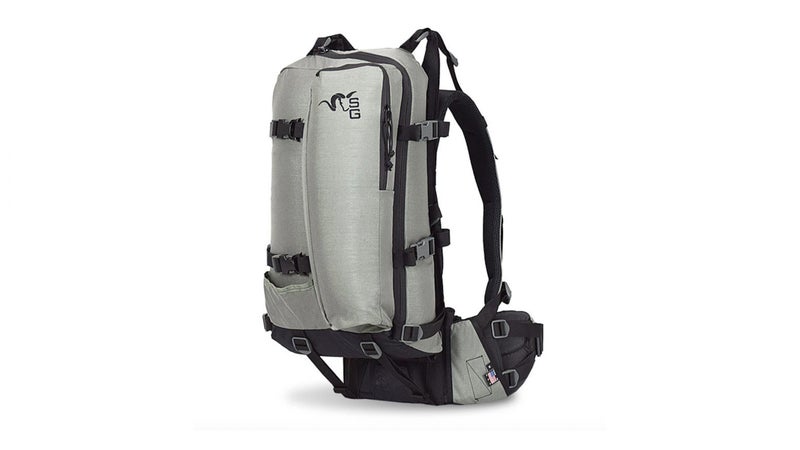
IÔÇÖve been running an X-Curve paired with Stone GlacierÔÇÖs ($219). That pack╠řonly provides 31 liters of interior volume (along with a six-liter external pocket designed╠řto accept a spotting scope). ThatÔÇÖs not enough volume for even a quick overnighter, much less a multi-day backcountry trip, so I add ╠řto the load shelf╠řbetween the pack body and frame. The pack itself stows╠řa couple layers╠řand the other equipment I need during the day, while all my camping gear and food fits in the drybag. Arranged like that, I can hang the drybag in a tree at a campsite, then spend the day chasing animals around╠řwithout being encumbered by an unnecessarily large or heavy pack body. Switching between the two setups takes mere seconds. Made from very strong, extremely water-repellant 500-denier Cordura, the Approach 1800 weighs 1.1 pounds.
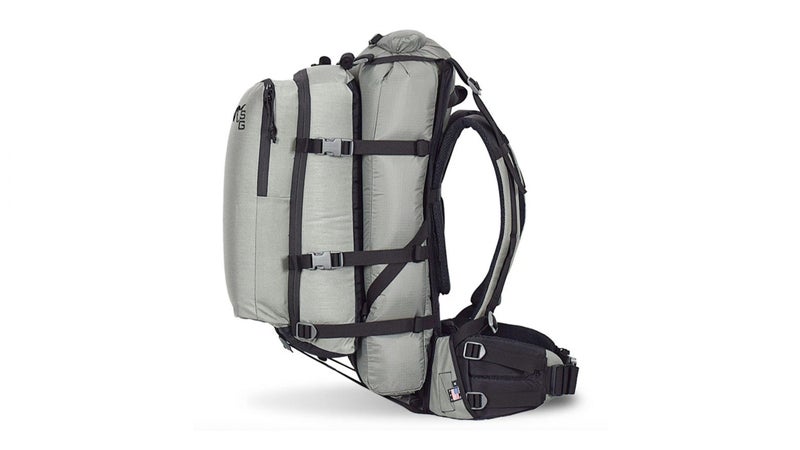
A Custom Fit
Stone GlacierÔÇÖs frames incorporate three customization features that massively aid comfort. The first are the hook-and-loop panels used to attach the shoulder straps to the frame. Seventeen percent stronger than Velcro, the material spans 24 square inches of contact area between each strap and the frame, granting each strap the ability to resist up to 400 pounds of shearing forces (which is a complicated way of saying itÔÇÖs not going to come loose). It also gives you near infinite levels of adjustability when it comes to╠řstrap length and angle. In addition to my curved back, I also have a shoulder that sits lower than the other one, thanks to a motorcycle crash. The hook-and-loop connection allows me to compensate for that.
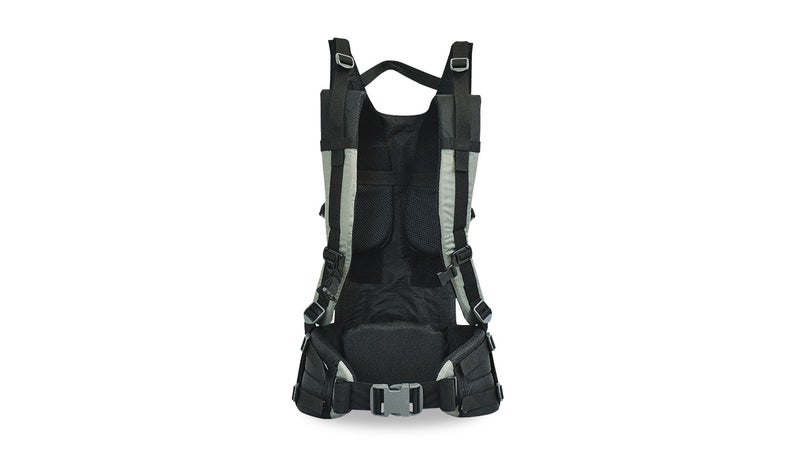
The other customization features are on the hipbelt. The lumbar pad is filled with several pieces of foam, which you can remove, reorganize, or relocate, allowing you to adjust its thickness, shape, and height. As youÔÇÖd expect on a pack designed╠řto carry an immense amount of weight, the hipbelt is also extremely burly. Two one-inch webbing straps run along each side of the belt, so it sits╠řjust above and below your pelvisÔÇÖs╠řiliac crest. The straps╠řalso allow you to adjust each side of the hipbelt individually, top and bottom, creating╠řa perfect cradle for that protrusionÔÇÖs unique shape and location on your body.
In the Mountains
During the fall, I╠řcarried this pack on two weeklong backcountry hunts╠řand probably a dozen daylong excursions. ItÔÇÖs been up and down the same mountain at least 20 times╠řand supported my load over 20 trail miles╠řin a day in╠řthe mountains of southwest Montana. The only big game IÔÇÖve shot so far ended up being about a mile from my truck, so I just bear-hugged that mule deer for the slog out. But while I have no doubts that the X-Curve will haul an elk quarter just fine, the surprising conclusion after all that use is that I donÔÇÖt think IÔÇÖm going back to wearing lighter packs once hunting season is over. Stone GlacierÔÇÖs pack╠řisnÔÇÖt just better at hauling loads than ultralight alternatives; that curved frame╠řand its customization features make it more comfortable, too, even with only a couple pounds onboard.
Is this pack right for you? Unless youÔÇÖre also participating in an activity like hunting╠řthat necessitates the ability to carry a hundred pounds or more, you probably donÔÇÖt need to spend over $600 to achieve a setup like the one IÔÇÖve detailed here. My recommendation for OspreyÔÇÖs range of packs remains unaltered, and youÔÇÖll find them plenty comfortable╠řno matter your shape or size. But╠řif you are a hunter, I can help you justify that expense. Not only will a secure-fitting╠řStone Glacier pack╠řwork during the fall, but youÔÇÖll also end up carrying it the rest of the year and for many years to come.


